General Erwin Rommel’s Afrika Korps entered Egypt at the beginning of July 1942 flush with victory. In June it had decisively defeated the British Eighth Army in a series of engagements known as the Gazala battles, capturing the port of Tobruk and driving the British in disorder out of Libya. If Rommel continued, he stood a chance of capturing the city of Alexandria and the Suez Canal, with devastating strategic effects on the British position in the Middle East and Asia. Although he was seriously short of supplies, especially fuel, Rommel decided to push ahead, gambling on intelligence reports that the British were in disarray and would be unable to stop him. A little-known but vitally important battle at a place called Ruweisat Ridge would decide whether or not he succeeded.
Following the Gazala disasters, General Claude Auchinleck, commander-in-chief of British forces in the Middle East, decided to take direct command of the Eighth Army in the field. The site he chose to make his stand was named after an obscure railway stop named El Alamein, where the approach to Alexandria narrowed with the impassable Qattara Depression to the south, and the Mediterranean Sea to the north. A few terrain features stood out here among the otherwise flat, desolate desert terrain. One of these was Ruweisat Ridge, a low east-west rocky outcropping just south of El Alamein that at its highest point held a commanding view of the surrounding country. The “ridge had to be held at all costs,” explained one British general, “for its loss would give the enemy observation and a springboard on to the area through which ran the whole communications of the Eighth Army.”
Unfortunately for Auchinleck, he had only remnants of various units to scrape together for defense of this vital portion of his line. Just north of the ridge, the 1st South African Brigade occupied a fortified “box” of trenches and gun emplacements that soon came to be called the “Hotbox.” The ridge itself was too rocky for digging in, but a scratch force of field artillery, anti-tank guns, and machine guns manned by infantry of the 18th Indian Brigade held it with grim determination, understanding that they were truly the last-ditch force for stopping Rommel. The defenders included elite infantry recruited from the hills of Nepal, known as Gurkhas.
A gigantic dust cloud moving across the desert heralded the approach of the tanks of the 15th and 21st Panzer Divisions early on the afternoon of July 1. After an artillery bombardment on the ridge’s western approaches, the Germans attacked, led by engineers who blew gaps in the British barbed wire. The defenders resisted fiercely even as the German tanks penetrated their outer defenses. Ironically, the obsolete two-pounder anti-tank guns on which the British often had to rely, useless at medium to long range, proved effective here as they took on the panzers point blank, knocking out 18 of them during the course of the afternoon. Nevertheless, by evening the Germans had managed to pinch off and destroy the British positions on Ruweisat Ridge’s western edge. The battle would continue.
On July 2, Rommel’s artillery brought the Hotbox under heavy artillery fire, pounding the South Africans there with shrapnel and shards of rock from the stony ground. Meanwhile, his depleted panzers pushed hard to the east along Ruweisat Ridge, hoping to complete its capture and punch a hole in the British defenses that could never be closed. All that remained to hold the ridge’s eastern end was a ragtag formation of various units called “Robcol.” Told that there was no retreat and they had to fight it out on the spot, the anti-tank gunners responded heroically. As the panzers drove along the ridge, spraying gun emplacements with machine guns and crushing redoubts with their defenders inside, the British and Indian gunners and infantry engaged them at close range and refused to back down despite heavy casualties on both sides. Finally that afternoon, just as the position was about to collapse, tanks of the British 22nd Armoured Brigade, backed by six-pounder anti-tank guns able to work effectively at longer range, engaged Rommel’s panzers and brought them to a halt.
The Afrika Korps was exhausted. In assaulting Ruweisat Ridge, Rommel had come close to breaking through, but in the process had spent his last effective reserves. Reduced to a handful of tanks and close to running out of supplies, he had nothing left with which to penetrate the British position, and had no choice but to pull back and begin the long process of refitting. By the time he was done, the British had further dug in and reinforced the El Alamein position, effectively ending any hope the Germans had of reaching the Suez Canal. In gambling on a breakthrough, meanwhile, Rommel had forced the cancellation of Operation Herkules, the planned airborne invasion of the British-held islands of Malta. As a result, Malta would remain a thorn in the German rear, and a base from which British aircraft and submarines could interdict the Axis seaborne supply line to North Africa. When British General Bernard Law Montgomery began preparations for his own offensive at El Alamein later that autumn, therefore, he had Ruweisat Ridge’s beleaguered defenders to thank for his own decisive victory.
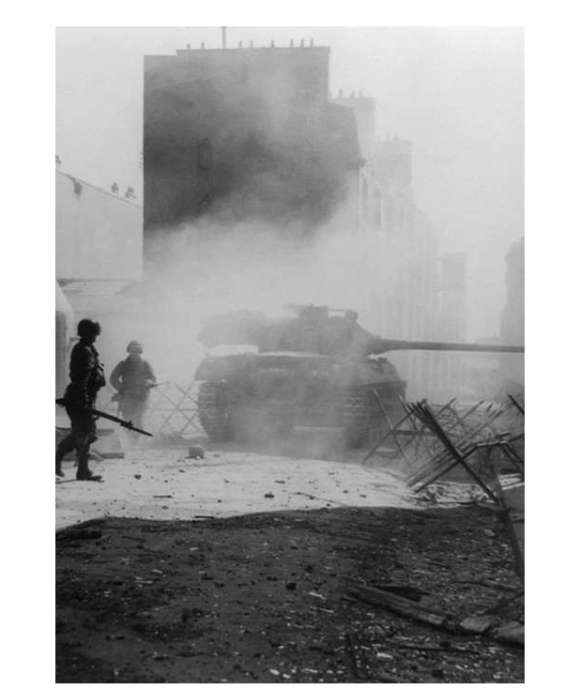
Forgotten Fights: Assault on Brest, August-September 1944
The American assault on Fortress Brest, led by the 2nd, 8th, and 29th Divisions under General Troy Middleton, marked one of World War II’s most ferociously contested battles.
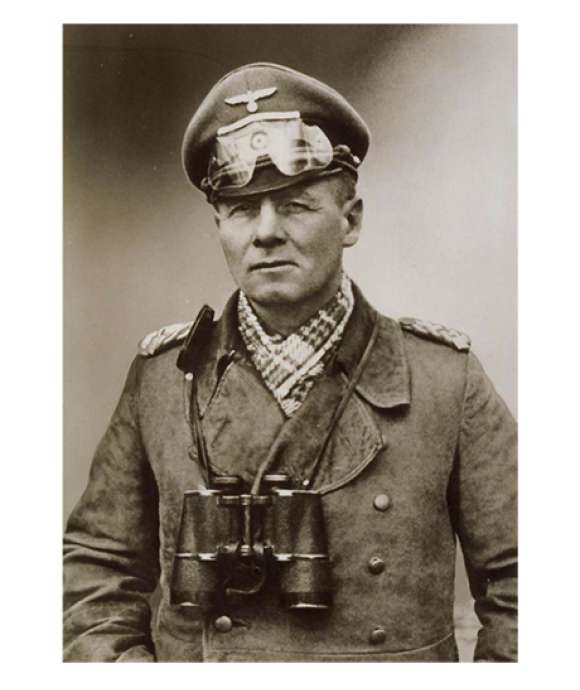
Drive to Nowhere: The Myth of the Afrika Korps, 1941-43
Read more about Field Marshal Rommel and his North African campaigns from the Executive Director of the Institute for the Study of War and Democracy, Rob Citino, PhD.
Ed Lengel, PhD
Edward G. Lengel is the former Senior Director of Programs for the National WWII Museum’s Institute for the Study of War and Democracy.
Cite this article:
MLA Citation:
APA Citation:
Chicago Style Citation:
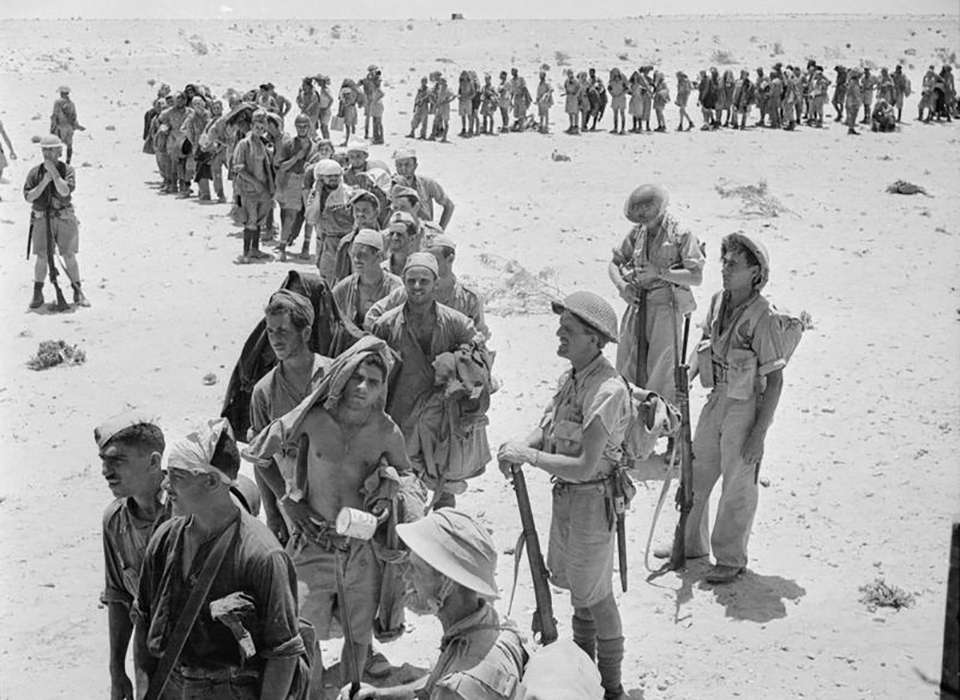
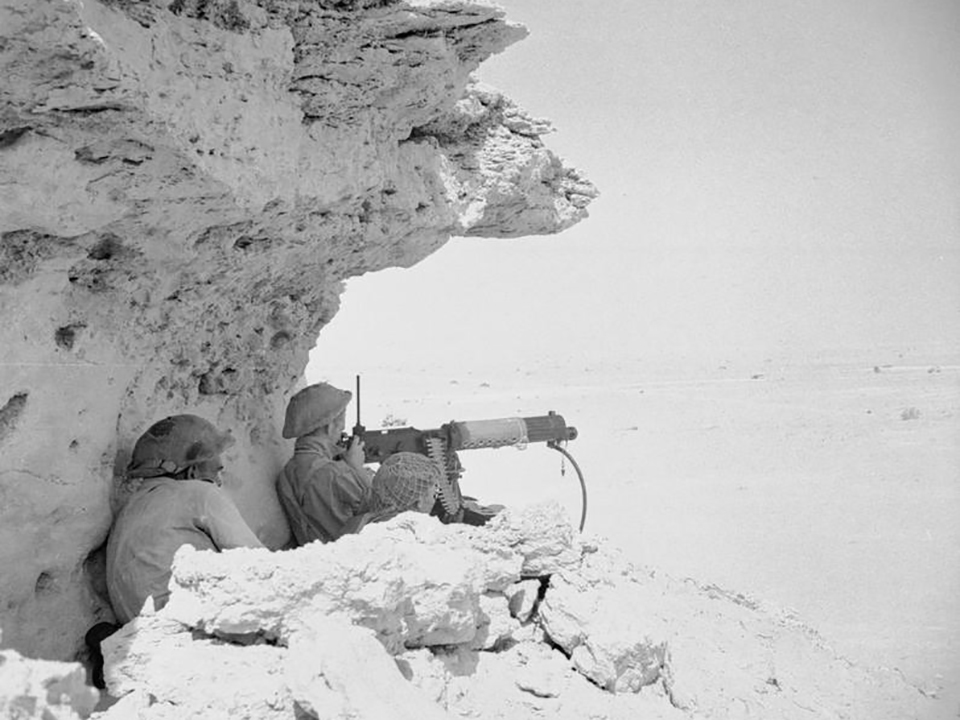
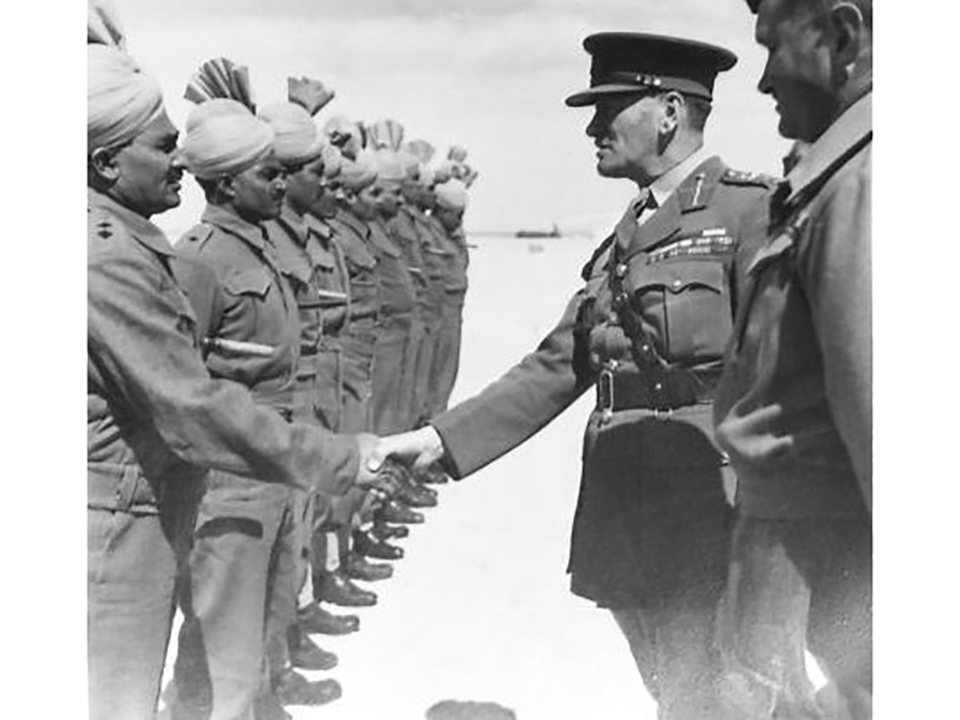
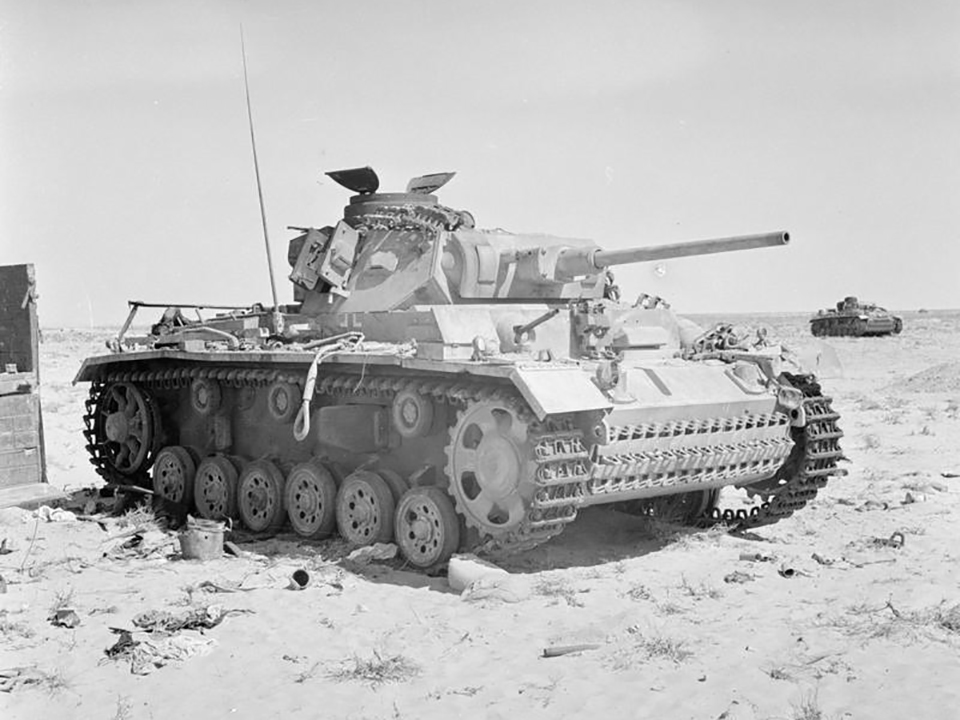
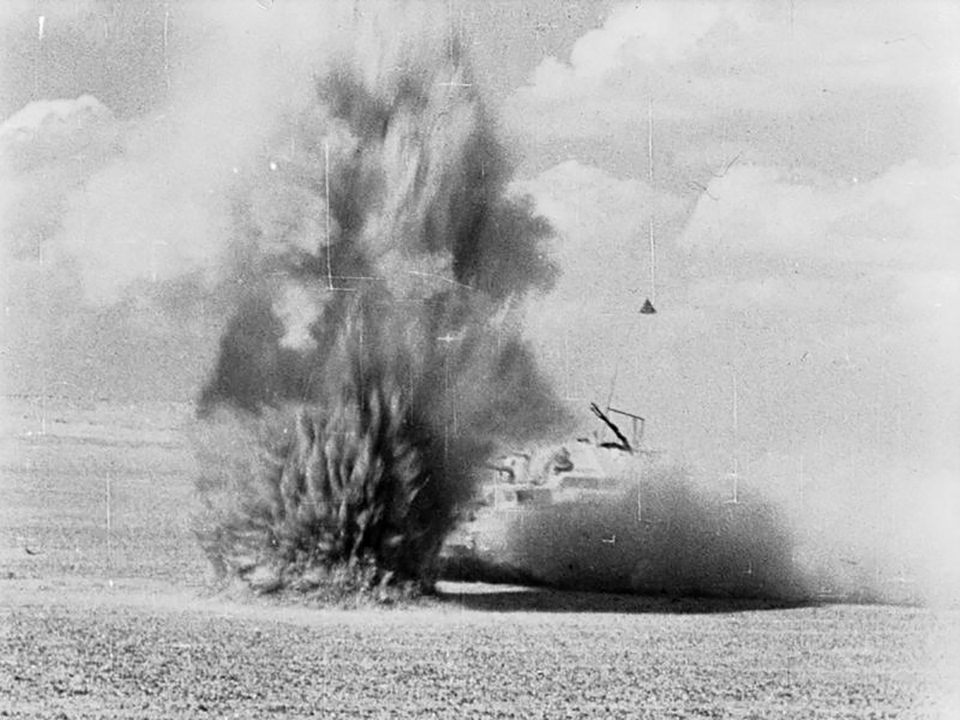
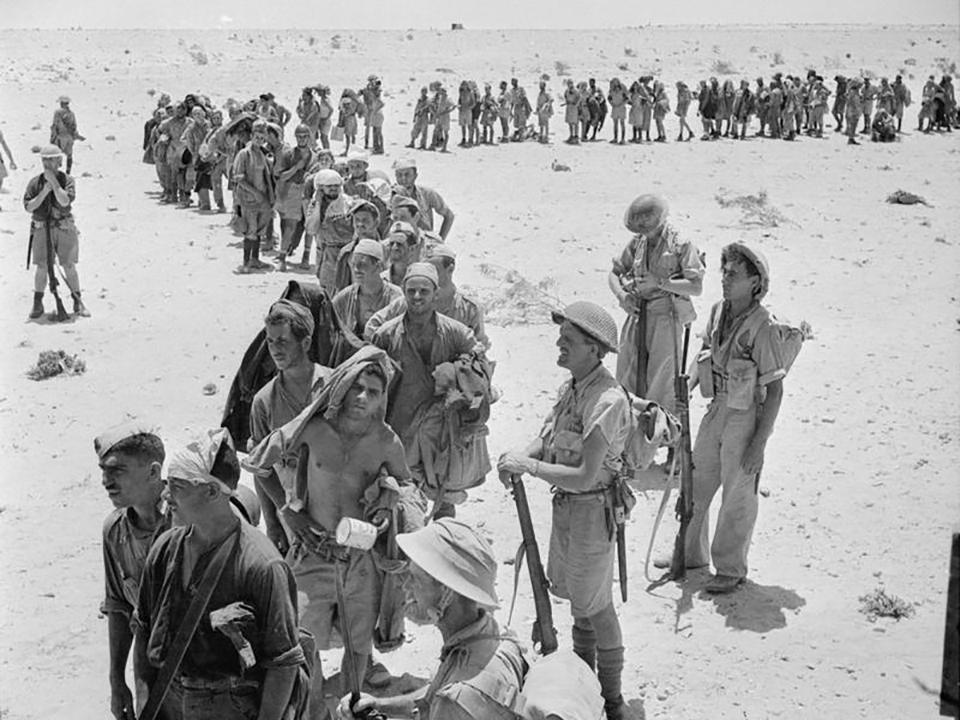




![Max Fuchs, New York City cantor, sings as Rabbi Sydney [sic] Lefkowitz, Richmond, VA, conducts the first Jewish services from Germany.](/sites/default/files/styles/max_650x650/public/2025-10/image1.jpg)



